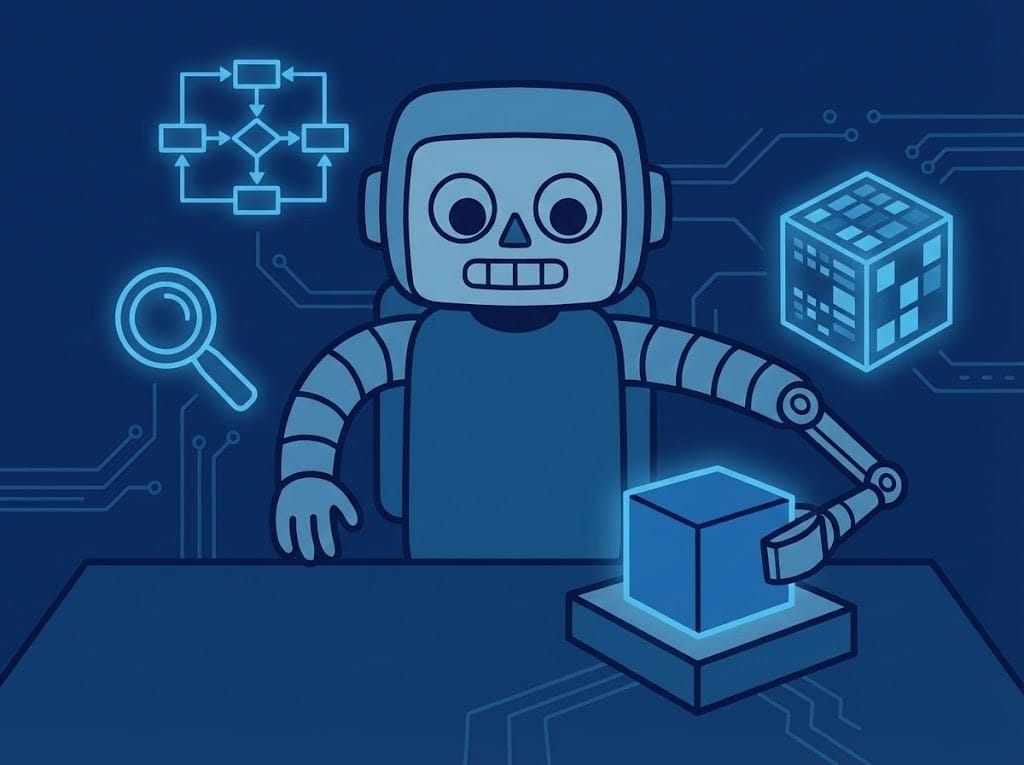The GenAI Divide: State of AI in Business 2025 - Industry Reactions and Reality Check

Despite massive hype, most corporate AI initiatives are failing. While 80% of companies pilot generative AI tools, only 5% generate millions in actual business value. This gap between promise and performance is the "GenAI Divide."
Economic Potential vs. Reality:
- AI could boost global GDP by 15 percentage points by 2035
- S&P 500 companies could save $920 billion annually with full adoption
- Early successes show 3-4× returns on investment
- But most companies remain trapped in failed pilots that never scale
Current Adoption: Two Extremes
The Numbers:
- 78% of companies use AI in at least one function (up from 55% in 2023)
- 71% now use generative AI tools (up from 33% in 2023)
- But only 7% have deeply integrated AI into operations
- 90% of users still prefer humans for complex problems
Key Disparities:
- Company size: Large enterprises lead; only 12% of SMEs invest in AI training
- Geography: North America and Asia surge ahead; Europe lags (France: <50% invested vs. 72% global average)
- Industry: Tech, finance, and professional services lead; construction, hospitality, and retail trail behind
Where AI Actually Works
Proven Success Areas:
- Customer service: AI chatbots handle millions of routine queries, freeing agents for complex issues
- Marketing: Teams save 20+ hours monthly on content creation, product descriptions, email campaigns
- Coding: GitHub Copilot and similar tools accelerate development and debugging
- Individual productivity: 63% of workers report AI reduces pressure on routine tasks
Critical Limitation: Off-the-shelf tools lack memory and context. They can't learn from past interactions or adapt to company-specific processes, causing productivity gains to plateau.
Why 95% Fail: The Learning Gap
Core Challenges:
- No continuous improvement: Generic AI tools don't get smarter over time or retain organizational knowledge
- Integration hell: Projects fail when embedding AI into existing operations and legacy systems
- Human abandonment: Initial enthusiasm fades as outputs require extensive editing and fact-checking
- Cost shocks: GPU resources and specialized expertise exceed budget expectations
- Skills gaps: Only 12% of small firms invest in training; most lack customization expertise
What Winners Do Differently
The 5% Success Formula:
- Build context-specific models: Fine-tune AI on company data with feedback loops that improve over time. Tools like PromptLayer help teams monitor, iterate, and optimize their AI implementations with version control and analytics
- Measure business impact: Track revenue, cost savings, customer satisfaction,not technical benchmarks
- Leverage partnerships: External AI partnerships succeed twice as often as internal builds
- Transform processes: Redesign workflows around AI capabilities rather than just speeding up tasks
- Invest in infrastructure: Upgrade data systems, legacy platforms, and commit to organization-wide training
- Treat as strategic transformation: Require executive commitment, cultural change, and patient capital
Workforce Impact
Current Reality:
- "Very few" firms have enacted AI-driven layoffs yet
- Most companies retrain employees rather than replace them
- Workers report AI frees them for more valuable work
Future Outlook:
- Firms expect more layoffs and slower hiring as integration deepens
- Entry-level tech positions down 10-15%
- $920 billion in savings assumes companies won't replace natural attrition
- New roles emerging: model trainers, AI ethicists, prompt engineers
Leading companies invest heavily in reskilling programs and emphasize uniquely human skills: creativity, empathy, complex problem-solving, ethical judgment.
How to Cross the Divide
The divide between AI winners and losers is widening. Success is about execution. Companies must stop treating AI as a productivity tool and start approaching it as a strategic transformation requiring sustained investment, organizational change, and discipline to scale beyond pilots.



